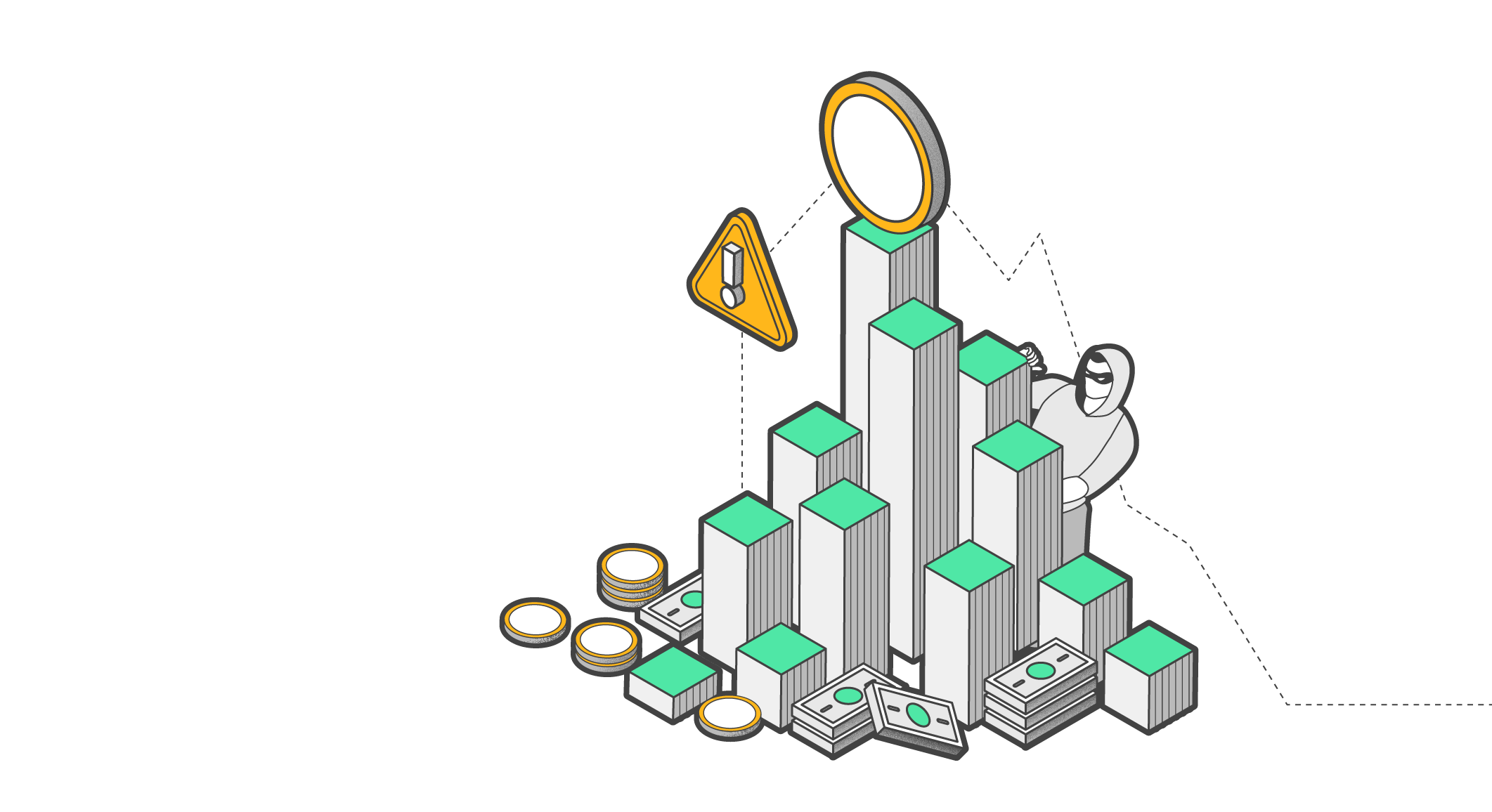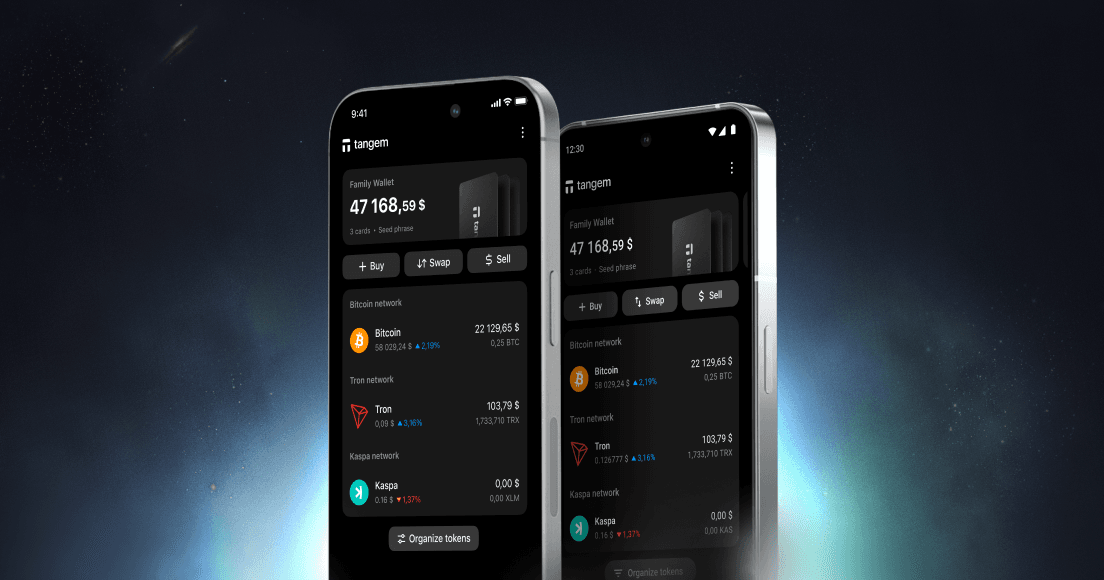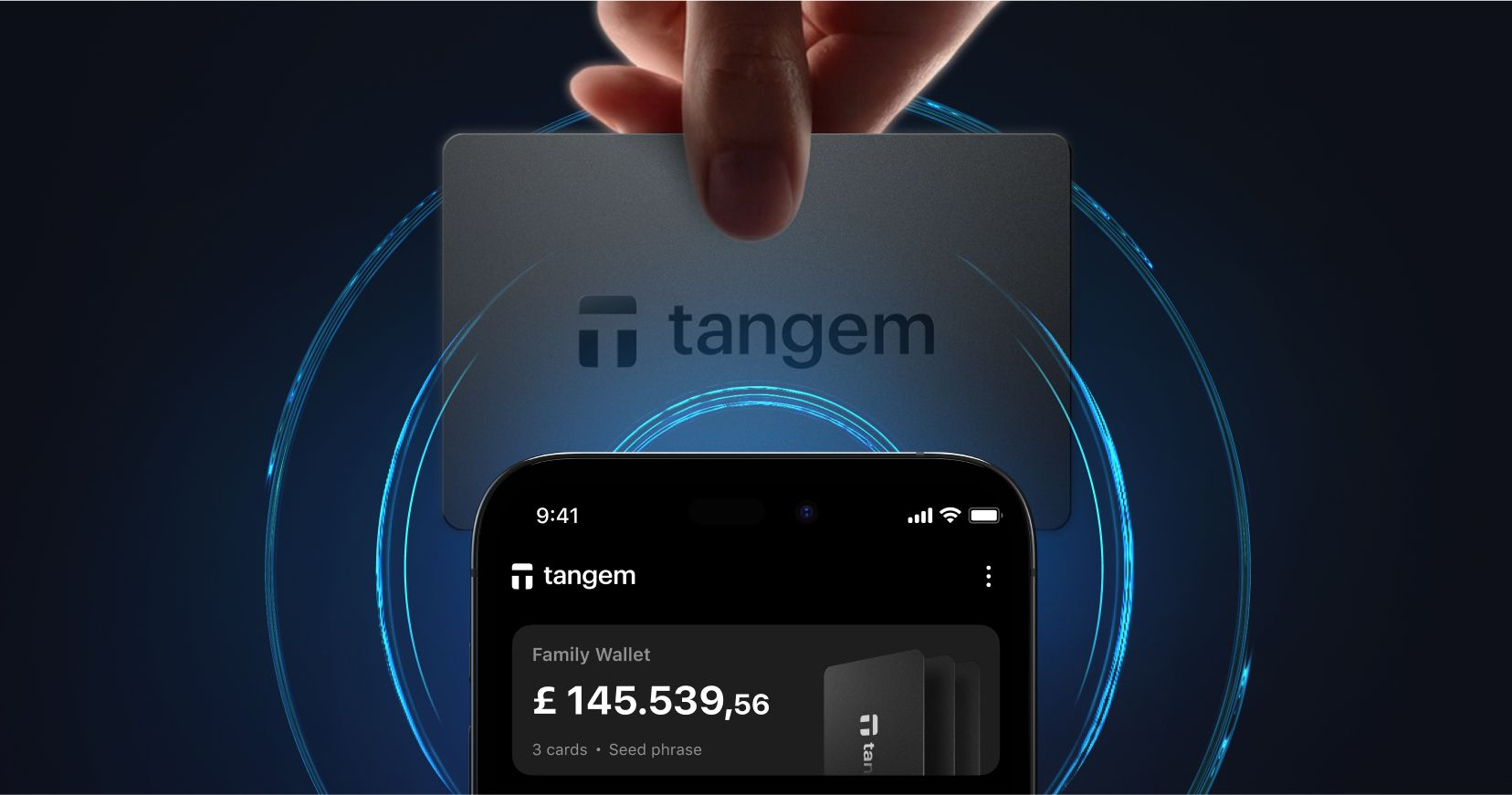
Beginner's Guide to Dollar-Cost Averaging (DCA) in Crypto
Learn how dollar-cost averaging can help you invest in crypto by spreading purchases over time

Investing in cryptocurrency can be unpredictable, with prices swinging wildly in short periods.
Dollar-cost averaging (DCA) is a simple yet effective strategy for managing volatility by spreading investments over time.
Instead of trying to time the market, DCA involves investing a fixed amount at regular intervals, reducing the risk of buying at the wrong moment.
This guide will explain the basics of DCA in crypto, its benefits, and how to get started.
Key takeaways
- Dollar-Cost Averaging (DCA) is an investment strategy where you invest a fixed amount of money into an asset at regular intervals, regardless of its price.
- DCA helps reduce the impact of market volatility by spreading out your investments over time.
- This strategy is particularly effective for long-term investors who want to avoid the stress of timing the market.
- Bitcoin (BTC) is a popular asset for DCA due to its high volatility and long-term growth potential.
- DCA is a simple, disciplined approach to investing that can help you build wealth over time without needing to predict market movements
What is Dollar-Cost Averaging?
Dollar-cost averaging (DCA) is an investment strategy in which you invest a fixed amount of money in an asset at regular intervals, regardless of its price. Instead of trying to time the market and buy at the "perfect" moment, DCA allows you to spread out your investments over time, reducing the impact of market volatility.
Why is DCA important?
DCA is particularly useful for long-term investors who want to avoid the stress and uncertainty of trying to time the market. By investing consistently over time, you can smooth out the highs and lows of market fluctuations, potentially reducing the risk of making poor investment decisions based on short-term price movements.
How does DCA work?
The idea behind DCA is simple: you invest a fixed amount of money into an asset (like Bitcoin) at regular intervals (e.g., weekly, monthly). When the price of the asset is high, your fixed amount buys fewer units. When the price is low, your fixed amount buys more units. Over time, this strategy can help you average out the cost of your investments, potentially leading to better long-term returns.
How to Dollar-Cost Average Bitcoin: A Step-by-Step Guide
Step 1: Set your investment goals
Before you start DCAing, it's important to define your investment goals. Are you investing for retirement, saving for a big purchase, or simply looking to grow your wealth over time? Your goals will help determine how much you should invest and how long you should continue your DCA strategy.
Step 2: Choose your investment amount and frequency
Decide how much money you want to invest in Bitcoin and how often you want to invest. For example, you might decide to invest
$100 every week or $500 every month. The key is choosing an amount and frequency you can sustain over the long term.
Step 3: Set up a recurring purchase plan
Automating your DCA strategy has more cons than pros. Automated DCA follows a fixed schedule regardless of market conditions. This prevents you from adjusting your investment strategy based on major price swings, news, or changing personal financial situations.
It's best to set up a recurring reminder to place an order for your chosen amount. A manual approach allows for more strategic adjustments.
Step 4: Monitor your investments
While monitoring your investments is important, avoid obsessing over short-term price movements. Remember, the goal of DCA is to stay consistent and focus on long-term growth. Checking your portfolio too frequently can lead to emotional decision-making, which is exactly what DCA is designed to avoid.
Step 5: Adjust your strategy as needed
Your financial situation or investment goals may change over time. If necessary, you can adjust your DCA strategy by increasing or decreasing your investment amount or frequency. However, try to avoid making changes based on short-term market movements.
Example of Dollar-Cost Averaging Bitcoin
Below is a table demonstrating Dollar-Cost Averaging (DCA) for Bitcoin (BTC) over the last 6 months, with $500 invested on the first of each month. The current date is March 26, 2025, so the 6-month period covers October 1, 2024, to March 1, 2025.
- Bitcoin price on March 26, 2025, is approximately $87,349 (based on Coingecko's live price data).
- Monthly prices are approximate opening prices on the 1st of each month, derived from historical data.
- No transaction fees are included for simplicity.
Table: Dollar-Cost Averaging Bitcoin (Last 6 Months)
Date | Investment (USD) | BTC Price (USD) | BTC Purchased | Total BTC Owned | Value at $87,349 (USD) | PnL (USD) |
|---|---|---|---|---|---|---|
Oct 1, 2024 | $500 | $61,000 | 0.00819672 | 0.00819672 | $715.86 | +$215.86 |
Nov 1, 2024 | $500 | $69,000 | 0.00724638 | 0.01544310 | $1,348.63 | +$348.63 |
Dec 1, 2024 | $500 | $80,000 | 0.00625000 | 0.02169310 | $1,894.63 | +$394.63 |
Jan 1, 2025 | $500 | $94,000 | 0.00531915 | 0.02701225 | $2,359.02 | +$359.02 |
Feb 1, 2025 | $500 | $85,000 | 0.00588235 | 0.03289460 | $2,873.05 | +$373.05 |
Mar 1, 2025 | $500 | $88,000 | 0.00568182 | 0.03857642 | $3,369.80 | +$369.80 |
Total | $3,000 | 0.03857642 | $3,369.80 | +$369.80 |
- BTC Purchased: Investment ÷ BTC Price (e.g., $500 ÷ $61,000 = 0.00819672 BTC for October).
- Total BTC Owned: Cumulative sum of BTC purchased each month.
- Value at $87,349: Total BTC Owned × Current Price ($87,349).
- PnL (Profit and Loss): Value at $87,349 - Total Investment to date (e.g., for March: $3,369.80 - $3,000 = +$369.80).
- Price Trends: Bitcoin prices rose significantly from October 2024 to January 2025, peaking at around $94,000. They then slightly declined to $85,000 in February and stabilized near $88,000 in March, with a current price of $87,349 on March 26, 2025.
- PnL: The total profit of $369.80 reflects a 12.33% return on the $3,000 invested over 6 months, showcasing the effectiveness of DCA in a generally upward-trending market.
- Accuracy: Prices are approximate and based on historical trends up to early 2025, with the March 26 price aligned with real-time data from Coingecko.
Benefits of Dollar-Cost Averaging Bitcoin
By spreading out your investments over time, the DCA strategy offers the following pros:
- Reduces the impact of market volatility
You get to avoid the risk of buying all your Bitcoin at a high price. Instead, you buy at various price points, which can help smooth out the impact of market volatility. Eliminates the need to time the market
Timing the market is incredibly difficult, even for experienced investors. DCA removes the need to predict market movements, allowing you to focus on consistent, long-term investing.Encourages disciplined investing
DCA helps you develop a disciplined approach to investing. By sticking to your investment plan, you can avoid making emotional decisions based on short-term price movements.- Low barrier to entry
DCA is an accessible strategy for beginner investors. You don’t need a large amount of money to get started—just a consistent amount that you can invest over time
Drawbacks of Dollar-Cost Averaging Bitcoin
- Potential for lower returns in a bull market
In a bull market (when prices are rising), DCA may result in lower returns compared to investing a lump sum at the beginning. However, this is a trade-off for reducing the risk of buying at a market peak. - Requires patience and discipline
DCA is a long-term strategy that requires patience and discipline. If you’re looking for quick profits, DCA may not be the right approach for you. - Not suitable for short-term investors
DCA is designed for long-term investors who are willing to hold their investments for several years. If you’re looking to make short-term gains, DCA may not be the best strategy.
Conclusion
Dollar-cost averaging is a simple, disciplined investment strategy that can help you build wealth over time without needing to predict market movements.
While DCA may not be suitable for everyone, it’s an excellent strategy for long-term investors who want to avoid the stress of timing the market and focus on consistent, disciplined investing. Whether you’re new to Bitcoin or a seasoned investor, DCA can help you achieve your financial goals with less risk and more peace of mind.
FAQ: DCA investment strategy
- Is dollar-cost averaging a good idea?
Yes, it helps reduce the impact of market volatility by spreading investments over time. - What is DCA's disadvantage?
It may result in lower returns compared to lump-sum investing in a rising market. - Is DCA good or bad?
It is good for reducing risk but may underperform if the market trends upward consistently. - What is an example of dollar-cost averaging?
Investing $100 in Bitcoin every month, regardless of price, is an example of DCA. - How to DCA properly?
Invest a fixed amount at regular intervals, stick to your schedule, and avoid reacting to short-term price swings. - What is the alternative to DCA?
Lump-sum investing, where you invest all your money at once. - Does DCA reduce volatility?
Yes, it smooths out the effects of short-term market fluctuations. - Which day is best for DCA?
There is no definitive best day; consistency matters more than timing. - How do I calculate dollar-cost averaging?
Divide the total amount invested by the total number of tokens purchased to get the average cost per token. - What is the difference between a bond and a stock?
A bond is a loan to a company or government with fixed interest, while a stock represents ownership in a company. - What is the formula of DCA?
DCA = Total Investment Amount ÷ Total Units Purchased. - How do I start a DCA?
Choose an asset, set a fixed investment amount, and invest at regular intervals. - Is the DCA strategy profitable?
It can be profitable in volatile markets but may underperform lump-sum investing in consistently rising markets. - Is it better to DCA weekly or monthly?
Weekly smooths out volatility more, but monthly is more practical for most investors.










